Ever dreamt of sketching sleek lines, shaping futuristic vehicles, or bringing the next iconic car to life? If the roar of an engine and the elegance of a well-designed chassis stir your soul, then a career in automotive design might just be your ultimate destination. It’s a field where art meets engineering, where passion fuels innovation, and where your ideas can literally drive the world forward. But how do you get there? The journey begins with choosing the right educational foundation. To truly excel, you need to hone your skills, understand industry demands, and connect with a network that will propel your career. That’s why we’re diving deep into the 5 best automotive design schools globally – places where legends are made and the future of transportation is forged.
These institutions aren’t just about teaching you how to draw a car; they immerse you in the entire design process, from initial concept sketches and digital modeling to clay sculpting and understanding user experience. They offer unparalleled faculty, cutting-edge facilities, and invaluable industry connections. If you’re serious about transforming your passion into a profession, these schools stand out as the top contenders to kickstart your journey into the thrilling world of car design. Get ready to put the pedal to the metal!

1. ArtCenter College of Design (Pasadena, USA)
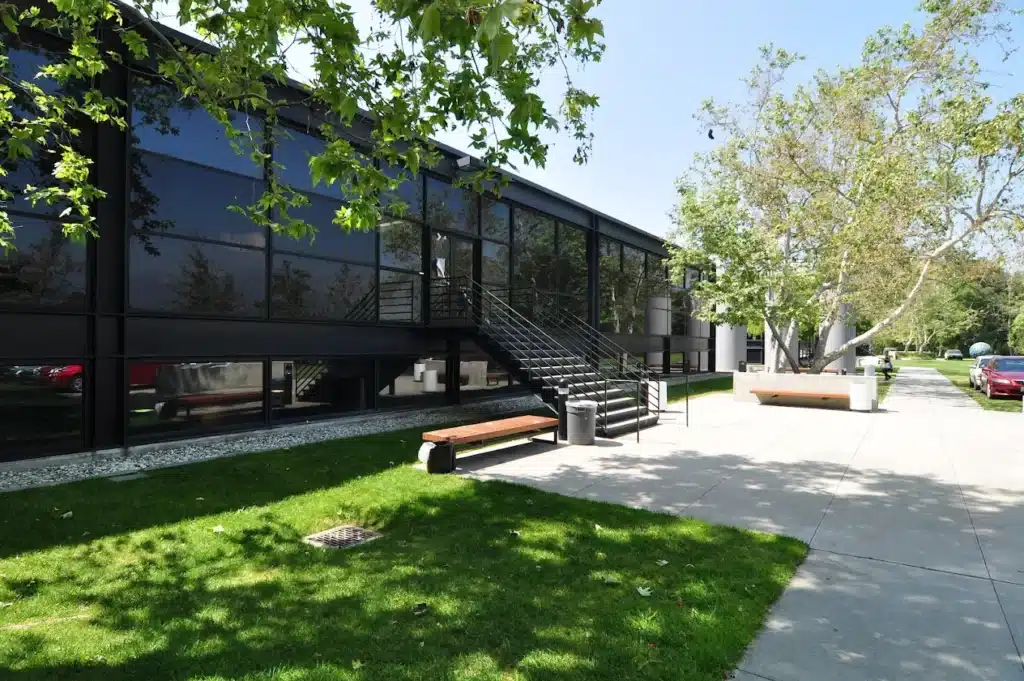
When you talk about automotive design, ArtCenter College of Design in Pasadena, California, often tops the list. It’s not just a school; it’s a legendary incubator for design talent, particularly within its highly acclaimed Transportation Design program. Founded in 1930, ArtCenter has a long-standing reputation for producing some of the most influential designers in the automotive industry. Many of the cars you see on the road today, from luxury sedans to high-performance sports cars, have been shaped by the hands and minds of ArtCenter alumni.
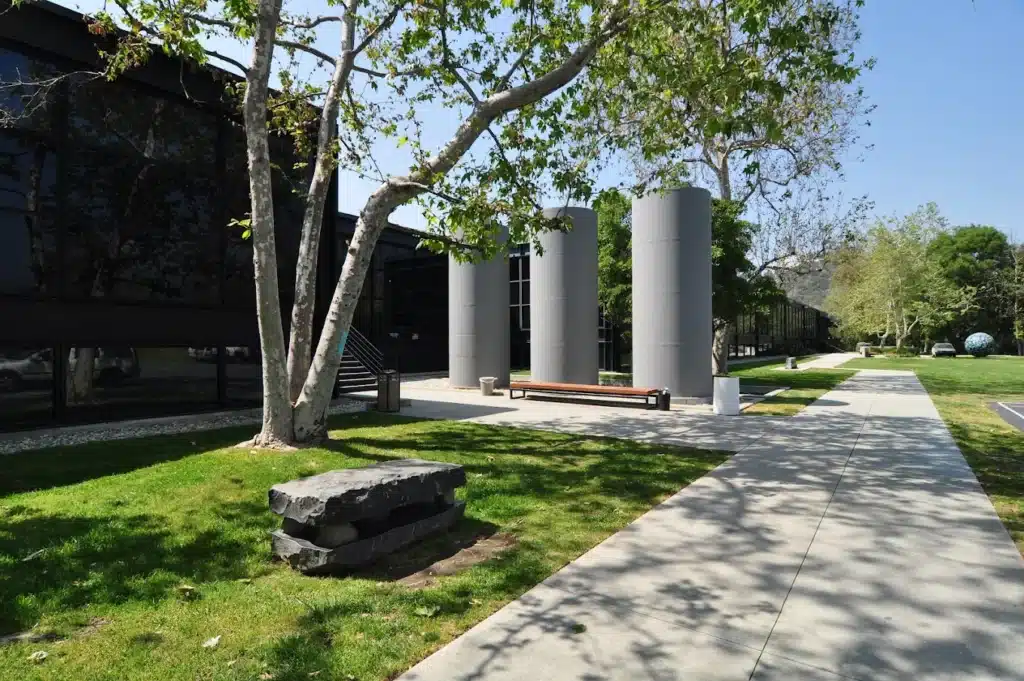
What makes ArtCenter stand out? Firstly, its curriculum is intensely rigorous and industry-focused. Students are pushed to their creative limits, learning every facet of vehicle design, including exterior and interior styling, ergonomics, human-machine interface (HMI), and future mobility concepts. The program emphasizes a holistic approach, ensuring graduates are not only skilled artists but also strategic thinkers who understand market trends, engineering constraints, and environmental considerations. Imagine spending your days mastering advanced 3D modeling software, refining clay models, and presenting your concepts to seasoned professionals – that’s the ArtCenter experience.
The faculty here are often active professionals, bringing real-world experience and current industry challenges directly into the classroom. This direct link to the industry is invaluable. Students frequently engage in sponsored projects with major automotive manufacturers like BMW, Ford, General Motors, Honda, Mercedes-Benz, and Tesla. These collaborations provide unparalleled opportunities for students to work on real-world briefs, gain feedback from top designers, and build a professional portfolio even before graduation. It’s like an extended internship, but with the full support and resources of a world-class educational institution.
ArtCenter’s facilities are state-of-the-art, featuring advanced workshops for model making, virtual reality labs for design visualization, and powerful computer labs equipped with the latest software. The vibrant, creative atmosphere fosters innovation and collaboration. Graduates from ArtCenter consistently secure coveted positions at leading automotive companies and design studios globally. If you’re looking for a program that demands excellence and prepares you for immediate impact in the automotive design world, ArtCenter is an undeniable powerhouse.
2. Royal College of Art (RCA) (London, UK)

Across the Atlantic, the Royal College of Art in London, UK, offers an equally prestigious, albeit distinct, approach to automotive design. Its Intelligent Mobility program, formerly known as Vehicle Design, is renowned for its postgraduate-level education and its focus on future-forward thinking. While ArtCenter excels in preparing students for immediate industry roles with a strong emphasis on traditional car design skills, RCA often attracts students looking to push conceptual boundaries, explore disruptive technologies, and define the future of mobility itself.
The RCA program is deeply rooted in research and critical thinking. It challenges students to think beyond the conventional car and consider broader issues like sustainability, urbanization, autonomous driving, and new modes of transportation. Their curriculum encourages interdisciplinary collaboration, drawing on the expertise of other departments within the RCA, such as industrial design, fashion, and even fine art. This cross-pollination of ideas often leads to truly innovative and groundbreaking design solutions.
Students at RCA typically already possess a strong foundation in design, often holding an undergraduate degree in a related field. The master’s program then elevates their understanding, pushing them to develop advanced analytical and conceptual skills. You’ll find students here exploring everything from electric vertical takeoff and landing (eVTOL) aircraft to personalized urban transport pods, not just traditional vehicles. The emphasis is on developing a unique design philosophy and a compelling vision for the future of movement.
The RCA boasts an impressive alumni network spread across every major automotive brand and advanced design studio. Its location in London, a global hub for design and innovation, also provides unique opportunities for exposure to diverse cultural influences and industry events. If your ambition is to be at the forefront of defining what mobility means in the 21st century and beyond, and you’re ready for a challenging, research-intensive environment, the RCA offers an unparalleled platform. It’s a place where conceptual boldness is celebrated, and designers are encouraged to become thought leaders.
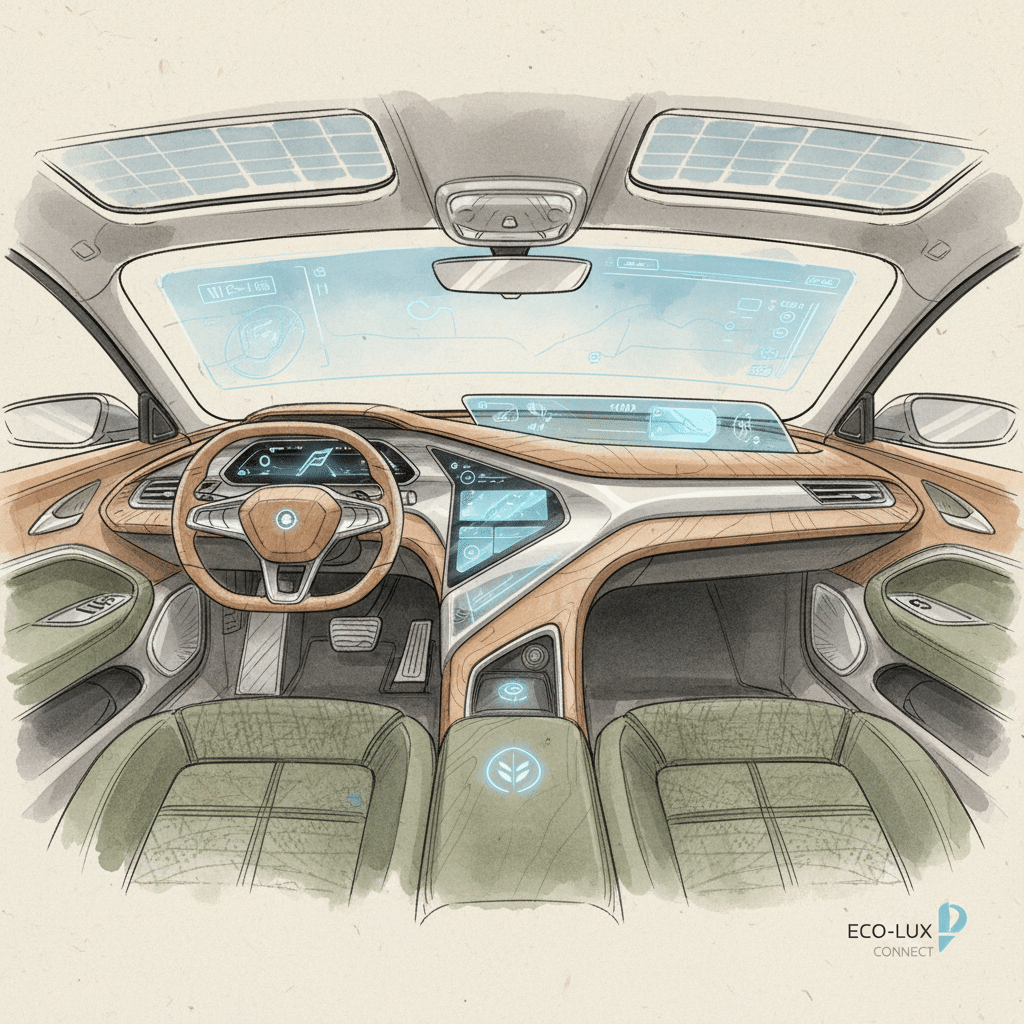
3. Pforzheim University (Germany)

Germany, a nation synonymous with automotive engineering excellence and iconic brands like Mercedes-Benz, BMW, Audi, and Porsche, naturally hosts one of the world’s leading automotive design programs: Pforzheim University. Located in the heart of Baden-Württemberg, a region with a dense concentration of automotive innovation, Pforzheim’s Transportation Design program is celebrated for its blend of artistic sensibility, technical precision, and strong industry relevance.
What sets Pforzheim apart is its distinctly German approach – a meticulous balance between form and function, aesthetics and engineering. The program is rigorous, requiring students to not only master sketching and rendering but also to deeply understand material science, manufacturing processes, and ergonomic principles. Students are challenged to develop designs that are not only visually striking but also feasible, safe, and efficient to produce. This practical orientation is a huge advantage, as graduates are well-equipped to integrate seamlessly into automotive OEM (Original Equipment Manufacturer) design teams.
The curriculum covers a wide spectrum, from car and motorcycle design to public transport and special vehicle concepts. Like ArtCenter, Pforzheim places a high value on industry collaboration. Students regularly participate in sponsored projects with leading German and international automotive companies, gaining invaluable hands-on experience and direct feedback from industry professionals. These projects often lead to internships and employment opportunities, making Pforzheim graduates highly sought after in the European automotive market. The university is a critical pipeline for talent into the German automotive giants.
Pforzheim’s facilities are modern and comprehensive, including dedicated workshops for clay modeling, prototyping, and advanced digital design studios. The relatively smaller class sizes often foster a close-knit community and provide more individualized attention from professors. For aspiring designers who envision themselves contributing to the legacy of German automotive prowess, or who appreciate a strong technical foundation combined with artistic flair, Pforzheim University offers an exceptional and highly respected pathway. Their focus on the practical application of design principles ensures that their graduates are not just dreamers, but doers, capable of executing complex projects from concept to production.
4. College for Creative Studies (CCS) (Detroit, USA)
It’s impossible to talk about automotive design without mentioning Detroit, the undisputed “Motor City” of the USA. Nestled in this historic automotive hub is the College for Creative Studies (CCS), another powerhouse in transportation design education. CCS’s roots are deeply intertwined with the American automotive industry, making it an ideal environment for students passionate about car design. Its location offers unparalleled access to major automakers’ design studios, research facilities, and engineering centers.
The Transportation Design program at CCS is highly regarded for its hands-on, practical approach and its strong ties to the industry. Students here learn the entire design process, from conceptual ideation and advanced sketching to 2D and 3D digital modeling, clay sculpting, and presentation techniques. The curriculum is designed to reflect the real-world demands of automotive design studios, preparing graduates to hit the ground running. Much like ArtCenter, CCS emphasizes the development of a professional-grade portfolio throughout the program.
One of CCS’s significant strengths is its incredible network. With its Detroit location, the college has forged deep relationships with General Motors, Ford, Stellantis (formerly Chrysler), and numerous suppliers and design consultancies. This translates into frequent sponsored projects, internships, and mentoring opportunities directly within the industry. Students often find themselves working on live briefs for these companies, getting a taste of professional studio life while still in school. Many alumni go on to hold prominent positions at these very companies, a testament to the program’s effectiveness.
The faculty at CCS are often experienced designers who have worked at major automotive companies, bringing a wealth of practical knowledge and industry insights to the classroom. The facilities are top-notch, featuring extensive clay modeling studios, advanced digital design labs, and even full-size vehicle bays. If you’re looking for a program with a strong American automotive design heritage, direct industry connections in the Motor City, and a curriculum focused on developing highly capable and employable designers, CCS is an outstanding choice. It truly embodies the spirit of automotive innovation that Detroit is famous for, and you can even learn about some of the top 7 smart car gadgets that these designers are conceptualizing.
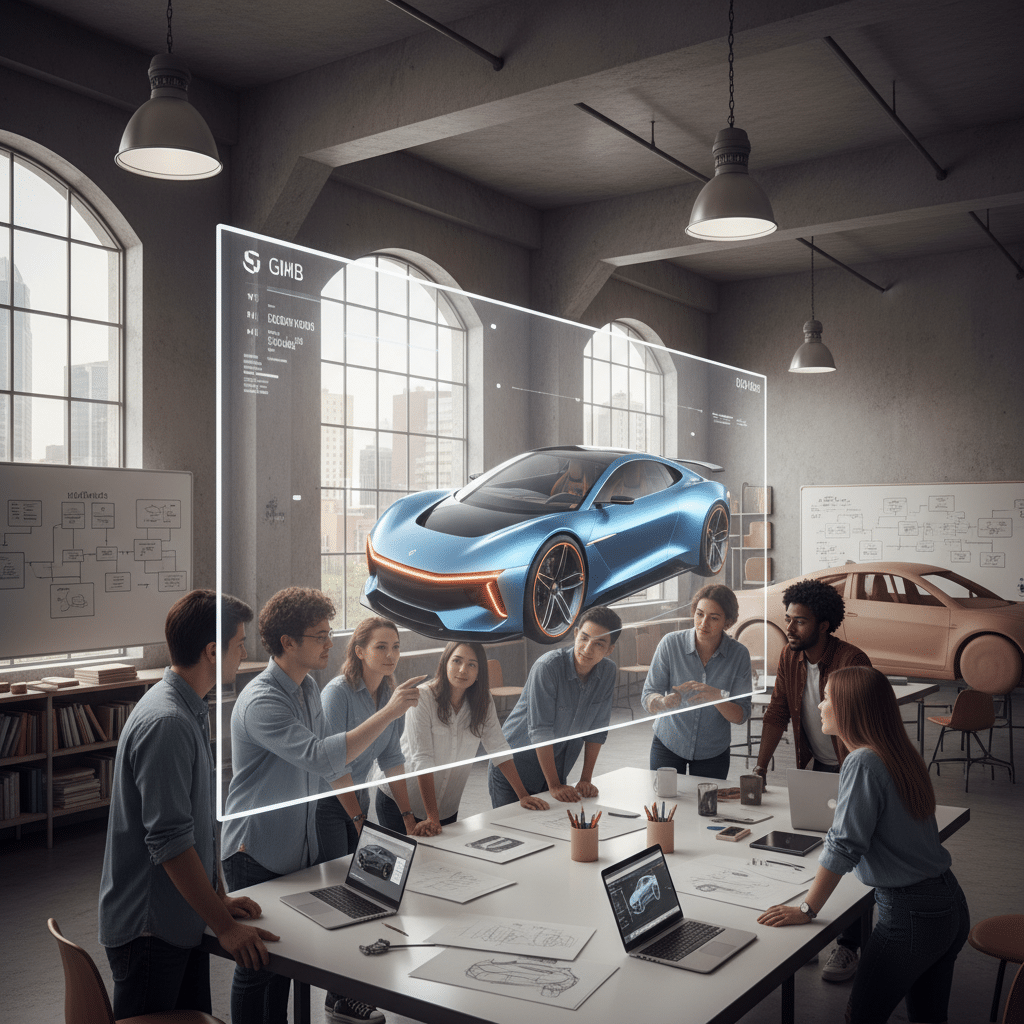
5. Istituto Europeo di Design (IED) (Turin, Italy)
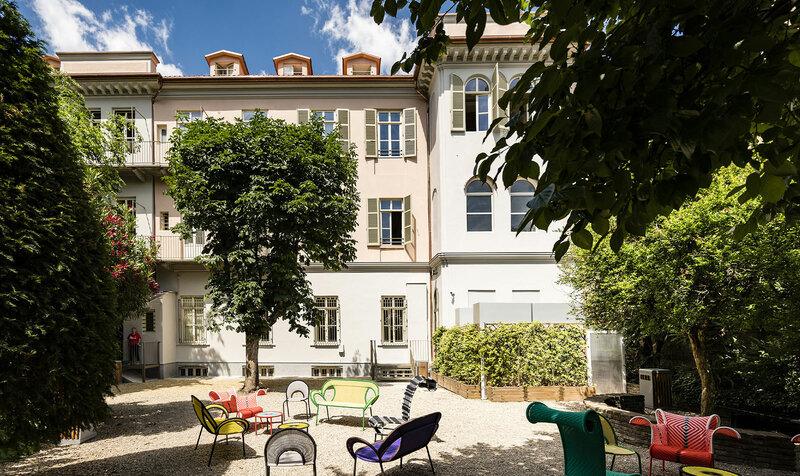
Italy – a country celebrated for its passion, style, and iconic automotive brands like Ferrari, Lamborghini, Maserati, and Alfa Romeo. It’s no surprise that the Istituto Europeo di Design (IED) in Turin (Torino) offers one of the world’s most charismatic and influential Transportation Design programs. Turin itself is a historic center of Italian automotive manufacturing and design, making IED an integral part of this vibrant legacy.
IED’s approach to automotive design is infused with Italian flair – an emphasis on sculptural form, emotional appeal, and elegant aesthetics, combined with a deep understanding of craftsmanship and performance. The program fosters creativity and individuality while equipping students with the technical skills necessary to translate their visions into tangible designs. You’ll learn to appreciate the art of car design, exploring the beautiful lines and proportions that make Italian cars so globally admired. For designers seeking inspiration, exploring 10 stunning car pictures can provide a glimpse into the aesthetic mastery taught here.
The curriculum is comprehensive, covering everything from manual sketching and advanced digital modeling to physical prototyping and understanding the cultural context of design. IED prides itself on its strong connections to the Italian automotive industry, as well as international brands. Students often engage in real-world projects with companies like Fiat, Alfa Romeo, Maserati, Pininfarina, and Italdesign, providing exposure to different design philosophies and industry practices. These partnerships are crucial for building a portfolio that reflects current industry needs and trends.
The faculty at IED often comprises working professionals and acclaimed designers from the Italian automotive scene, offering students a direct link to the pulse of the industry. The facilities are modern, providing access to state-of-the-art software, workshops for model making, and dedicated design studios. Studying in Turin also means being immersed in a rich cultural environment, which can profoundly influence a designer’s aesthetic sensibilities and creative output.
If your dream car is one that embodies passion, luxury, and unparalleled style, and you want to learn from the masters in the cradle of automotive artistry, IED Turin is an exceptional choice. It’s a place where you can refine your artistic vision while mastering the technical skills needed to sculpt the next generation of automotive masterpieces.
Beyond the Classroom: What it Takes to Succeed
Getting into one of these prestigious schools is a huge step, but the journey to becoming a successful automotive designer extends far beyond graduation. The industry is highly competitive, demanding a unique blend of artistic talent, technical proficiency, and relentless dedication.
Cultivating Essential Skills
Beyond formal education, continuously hone your skills. Practice drawing and sketching daily – it’s the foundation of visual communication in design. Master digital tools like Alias, Rhino, SolidWorks, and Photoshop, which are industry standards for 3D modeling and rendering. Understanding how 3D exterior renders boost real estate marketing can give you an idea of the visualization power these tools provide in any design field, including automotive. Develop your clay modeling abilities; there’s no substitute for understanding form in three dimensions.
Building a Killer Portfolio
Your portfolio is your calling card. It should showcase your best work, demonstrating your range of skills, conceptual thinking, and attention to detail. Include a variety of projects, from initial sketches and ideation to refined 3D models and renderings. Tell a story with each project, illustrating your design process from problem identification to final solution. A strong portfolio is what opens doors to internships and job opportunities.
Networking and Industry Exposure
The automotive design world is relatively small and highly interconnected. Attend industry events, design conferences, and career fairs. Connect with alumni from your school and other professionals on platforms like LinkedIn. Internships are crucial – they provide real-world experience, mentorship, and opportunities to make valuable connections. Be proactive in seeking out these opportunities.
Adaptability and Lifelong Learning
The automotive industry is in constant flux, driven by technological advancements, evolving consumer preferences, and environmental concerns. From electric vehicles to autonomous driving and new ownership models, the landscape is rapidly changing. A successful designer must be adaptable, curious, and committed to lifelong learning, embracing new technologies and design philosophies. Think of it as a constant evolution, where how to become an artist: guide to building your creative career isn’t just about drawing, but about adapting to the ever-changing canvas of the future.
Choosing Your Path: Finding the Right Fit
Selecting the “best” automotive design school is ultimately a personal decision. While the five institutions listed above are consistently ranked among the top, the ideal choice depends on your individual aspirations, learning style, and financial considerations.
Consider these factors:
- Program Focus: Do you want a program heavily geared towards traditional car styling (ArtCenter, Pforzheim, CCS, IED) or one that encourages more conceptual, future-oriented mobility solutions (RCA)?
- Location and Industry Ties: Are you drawn to the bustling American automotive industry (Detroit/Pasadena), the precision of German engineering, or the artistic flair of Italy and the conceptual thinking of London?
- Level of Study: Are you seeking an undergraduate program to build foundational skills or a postgraduate degree to specialize and innovate?
- Learning Environment: Do you thrive in a highly competitive, fast-paced environment, or prefer a more research-driven, contemplative approach?
- Cost and Financial Aid: These are world-class institutions, and tuition can be substantial. Explore scholarship opportunities, grants, and student loans.
- Culture: Each school has a unique culture. Research their student life, typical projects, and overall philosophy to see if it aligns with your personality.
Reach out to alumni, current students, and faculty. Visit campuses if possible. Look at student portfolios to understand the caliber of work produced. The more research you do, the better equipped you’ll be to make an informed decision that sets you on the path to your dream career.
Conclusion
The dream of designing cars is a vibrant and attainable reality for those with passion, talent, and dedication. Attending one of the 5 best automotive design schools – ArtCenter College of Design, Royal College of Art, Pforzheim University, College for Creative Studies, or Istituto Europeo di Design – provides an unparalleled foundation for a successful career. These institutions offer not just education, but immersion in a world where innovation, aesthetics, and engineering converge to shape the future of mobility.
By choosing the right program, honing your skills, building a stellar portfolio, and embracing continuous learning, you can transform your sketches into production models and your visions into realities. The road ahead is challenging, but incredibly rewarding. So, take the first step, research your options, and prepare to design the next generation of vehicles that will inspire, excite, and move the world forward. Your journey into the thrilling realm of automotive design starts now!
Frequently Asked Questions
What kind of portfolio do I need to apply to automotive design schools?
Most top automotive design schools require a portfolio showcasing your artistic and design abilities. This typically includes a range of sketches (cars, products, figures), digital renderings, 3D models (physical or digital), and possibly examples of creative problem-solving. They look for strong observational skills, creativity, technical drawing ability, and an understanding of form and proportion.
Is an undergraduate degree in automotive design necessary for a master’s program?
Not always. While an undergraduate degree in transportation design or industrial design is common, many master’s programs, like the one at the Royal College of Art, accept students with diverse backgrounds. What’s crucial is a strong portfolio demonstrating relevant skills and a clear interest in mobility design, regardless of your initial degree.
What are the career prospects after graduating from a top automotive design school?
Graduates from these elite schools are highly sought after. Career paths include exterior designer, interior designer, color and trim designer, UX/UI designer for automotive interfaces, concept designer, advanced design specialist, and studio engineer. Opportunities exist at major automotive OEMs, independent design studios, and even companies specializing in future mobility solutions like autonomous vehicles and eVTOLs.
How important are internships in automotive design?
Internships are incredibly important. They provide invaluable real-world experience, allow you to apply your classroom knowledge to actual projects, build your professional network, and often lead directly to job offers upon graduation. Most top programs integrate internship opportunities or sponsored projects with industry partners into their curriculum.
Do I need strong drawing skills to become an automotive designer?
Yes, strong drawing and sketching skills are fundamental. They are the primary tools for quickly communicating ideas, exploring concepts, and refining designs. While digital tools are crucial later in the process, the ability to rapidly sketch and visualize your ideas by hand remains a core competency for any successful automotive designer.
How long do automotive design programs typically last?
Undergraduate (Bachelor’s) programs in automotive or transportation design typically last 4 years. Postgraduate (Master’s) programs, like those at RCA or some IED programs, usually range from 1 to 2 years, depending on the intensity and structure.
What’s the difference between automotive design and industrial design?
Automotive design is a specialized field within industrial design that focuses specifically on the aesthetics, ergonomics, and functionality of vehicles. Industrial design is a broader field encompassing the design of products from consumer goods and electronics to furniture and medical equipment. Many automotive designers start with an industrial design background before specializing.
- 10shares
- Facebook0
- Pinterest10
- Twitter0


